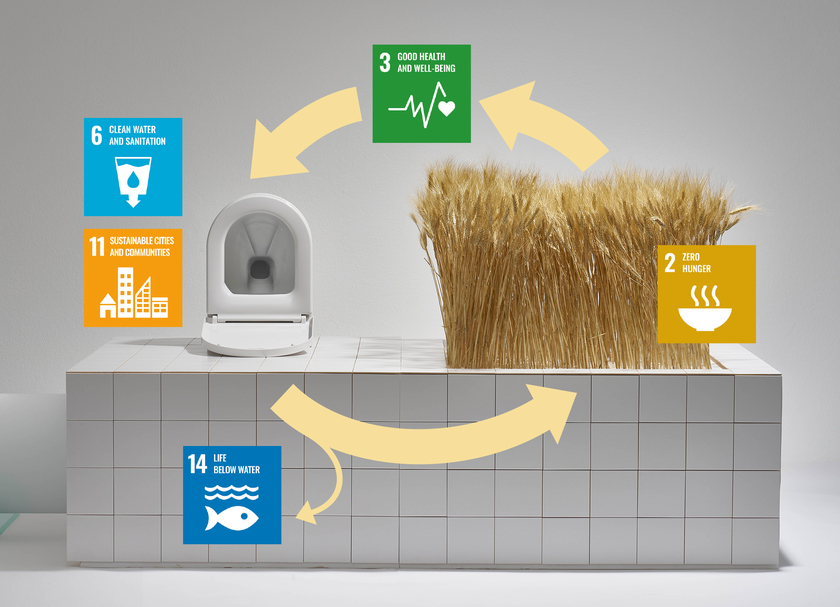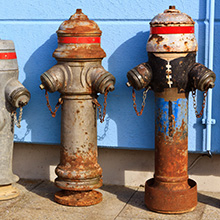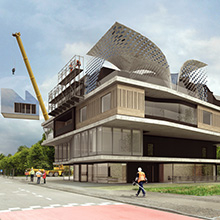How recycling pee could help achieve the Sustainable Development Goals
How recycling pee could help achieve the Sustainable Development Goals

In February 2022, the scientific journal ‘Nature’ presented a news feature on "the urine revolution: how recycling pee could help to save the world". The title refers to the risks of global nitrogen pollution to surface waters, especially its detrimental effects on the oceans. Nitrogen emissions will increase dramatically until 2050 and urine from the growing world population will provide an important part of this increase. Separately treating urine and reusing it as a fertilizer could thus help to achieve several Sustainable Development Goals.
The Nature news feature strongly resonated with a recent Wings Frontier Review, in which we discuss the reasons for and the barriers to introducing urine separation for nutrient management. Urine provides most of the nitrogen in wastewater in a highly concentrated solution. Creating a closed nutrient cycle to provide urine as fertilizer for agriculture would be a fruitful alternative to conventional nitrogen elimination at large wastewater treatment plants. Especially low- and middle-income countries could leapfrog one or more steps of conventional wastewater infrastructure and thereby proceed faster to solve some of the largest challenges of our time: nutrient pollution, feeding a growing world population and providing safe sanitation for all. Not only water-borne, but also dry sanitation would profit because storing, composting and drying of faeces function much better without urine.
Unfortunately, urine separation is a systemic innovation that can be implemented only if various parts of a complex value chain align with each other. For instance, while the on-site production of a high quality fertilizer from urine is working well at Eawag, developing an appealing urine-separating toilet for broader markets has proven exceptionally difficult. Based on the revolutionary “urine trap” developed by EOOS next, the Swiss company Laufen recently brought an excellent urine-separation toilet to the market. The Eawag spin-off Vuna is now applying this toilet in many high-end demonstration projects, such as in the headquarters of the European Space Agency in Paris. Furthermore, it is a key challenge to bring farmers, planners and architects, as well as the authorities and potential customers, on board. Only with suitable technology along the entire value chain and the right economic and political incentives in place, will it be possible to increase the legitimacy of urine separation to a point where it becomes part of standard wastewater management.



